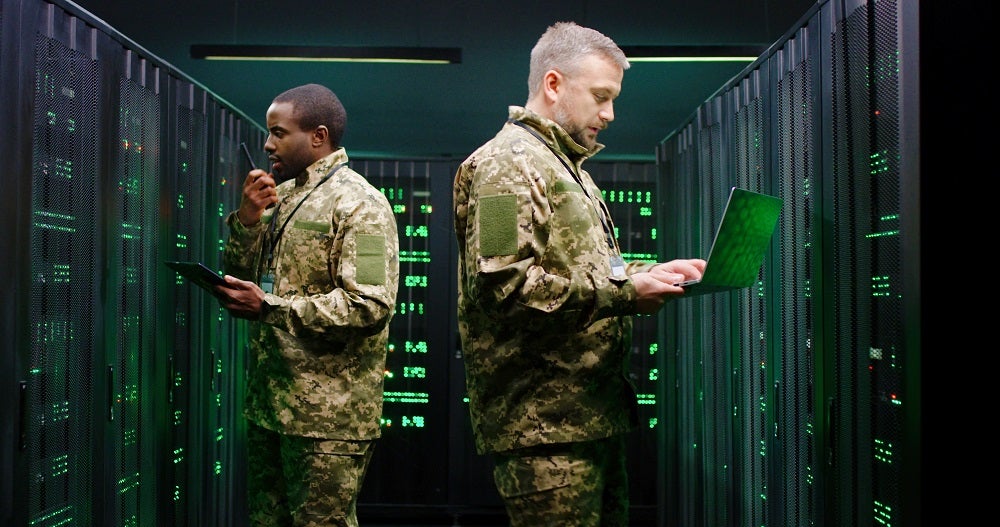
Technology in the defence sector is changing, with the move from asymmetric warfare to near-peer competitors resulting in the need to advance and build new technologies.
But the trend to seek out technology to gain faster and more reliable transmission of data by smaller and more rugged packages is not unique to the defence sector. Industries from medical to aerospace are propelling us into an exciting era of unprecedented interconnectedness, tracking, signal relay, imaging, artificial learning and automation.
This shift means that the defence sector is no longer about a show of destructive capabilities, but rather about gaining more intelligence in a stealthy and quick manner, so that teams can respond pre-emptively with strategy and precision.
Procuring technology
Smiths Interconnect offers a comprehensive product portfolio of technically differentiated electronic components, subsystems, microwave and radio frequency products that provide customers with a single point of supply for multiple applications, integrating the combined expertise of renowned technology brands.
Across the industry, the near-peer dynamic has led to a materials shortage and price spikes, and the Covid pandemic has been a prime example of how geopolitical, health and weather factors can impact supply. As such, Smiths Interconnect is continuously seeking out new ways to synthetically produce conductive materials quickly and cost-efficiently.
Because of its ability to respond fast, the company has become a trusted manufacturer in the defence industry, with extensive experience and expertise that speaks for itself.
According to Mike Carlson, Global Business Development Director of the Fibre Optic and RF Components Business Unit at Smiths Interconnect: “Smiths Interconnect has a long history and an extensive array of fielded units currently in service, and we achieve this ongoing success by staffing the program with highly skilled engineering and manufacturing personnel, each equipped with proven experience in developing cost effective and technically compliant solutions”.
“We cover a really wide range. Among the applications that we serve are aircraft power systems and engine controllers, electronic warfare systems (EW), next-generation military SATCOM and radar systems, unmanned systems, military ground vehicles and digital battlefield applications.”
AI, 5G, IoT and cyber security are all major trends in the defence sector, and today even mechanical machines are digitally driven and connected. Whilst this makes them faster, more controllable and more intelligent, it also makes them more vulnerable.
“We have an ongoing drive to create innovative solutions, while ensuring our quality output remains high and on-time,” Carlson explains. “Our products have been developed through a combination of in-depth knowledge of customer needs and demanding military environments.
“An example of an innovative solution is radar systems employing Active Electronically Scanned Array AESA technology that have accelerated the move from chip and wire application towards a more cost-effective manufacturing solution. This combined with the desire to increase the packing density has driven the need for low profile, higher performance surface mount technology (SMT) products. Our latest-generation devices (isolators, circulators, attenuators, and RF filters) are being designed around SMT requirements and are currently operating in assigned bands from L to Ka-bands.”
A faster future
For more than 20 years, Smiths Interconnect has supplied high-reliability technologies from RF components and high-speed connectors to integrated microwave assemblies.
“We have provided high power circulators used on Communications, Navigation, Identification (CNI) systems and integrated microwave assemblies used on Electronic Warfare (EW) systems,” Carlson explains.
Manoeuvrability, speed, accuracy, and remote controllability are key characteristics that the defence industry looks out for, which continues to drive advances such as fibre optics and 5G. Integrated circuits need to combine more functionalities with much greater data transmission speeds.
“There’s no slowing of demand for technologies that enable customers to do things faster, in bigger volumes, and with more precision – whether that’s providing defensive cyber capabilities, IoT interconnectivity, quantum computing, artificial intelligence, human enhancement or big data analysis. This all demands more powerful, reliable and adaptable communications and calculations, underpinned by more sophisticated testing and manufacturing capabilities.
“With the military focused on next-generation and innovative technology, Smiths Interconnect is focusing electronic designs around SWaPc components with higher frequency and higher power consumption in a compact robust form factor. We have recently released our new TSX Series of fixed chip attenuators, designed to offer excellent broadband performance up to 50GHz, while delivering increased power handling in a small surface-mount package.”
Collaboration across industries
Advancement requires collaboration, and innovation in industries such as telecommunications and space exploration have greatly benefited the defence sector. At the same time, the advances that we are seeing in electronic warfare, intelligence and surveillance have introduced new possibilities in sectors from sustainable energy to medical.
“What becomes more critical as we continue to collaborate, though, is the ability to protect our customers’ interests as well as our own, and maintain trust by staying ahead of security threats, diligently adhering to regulations, and staying on budget and on time. Customer commitment is a key priority for anyone working in this field.”
To find out more, download the brochure below.


